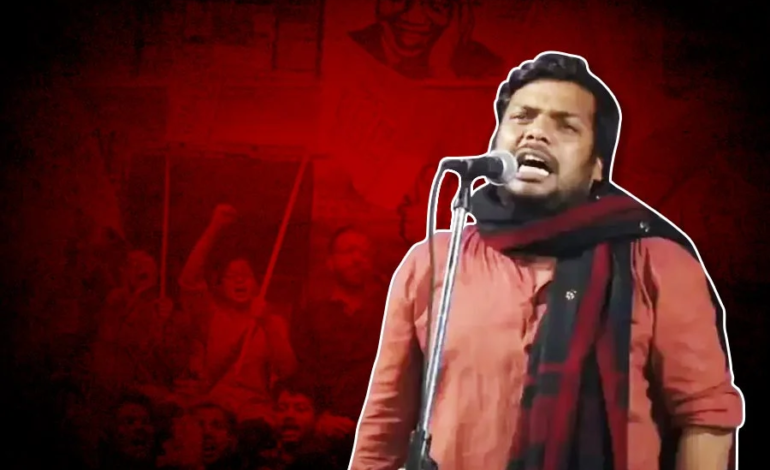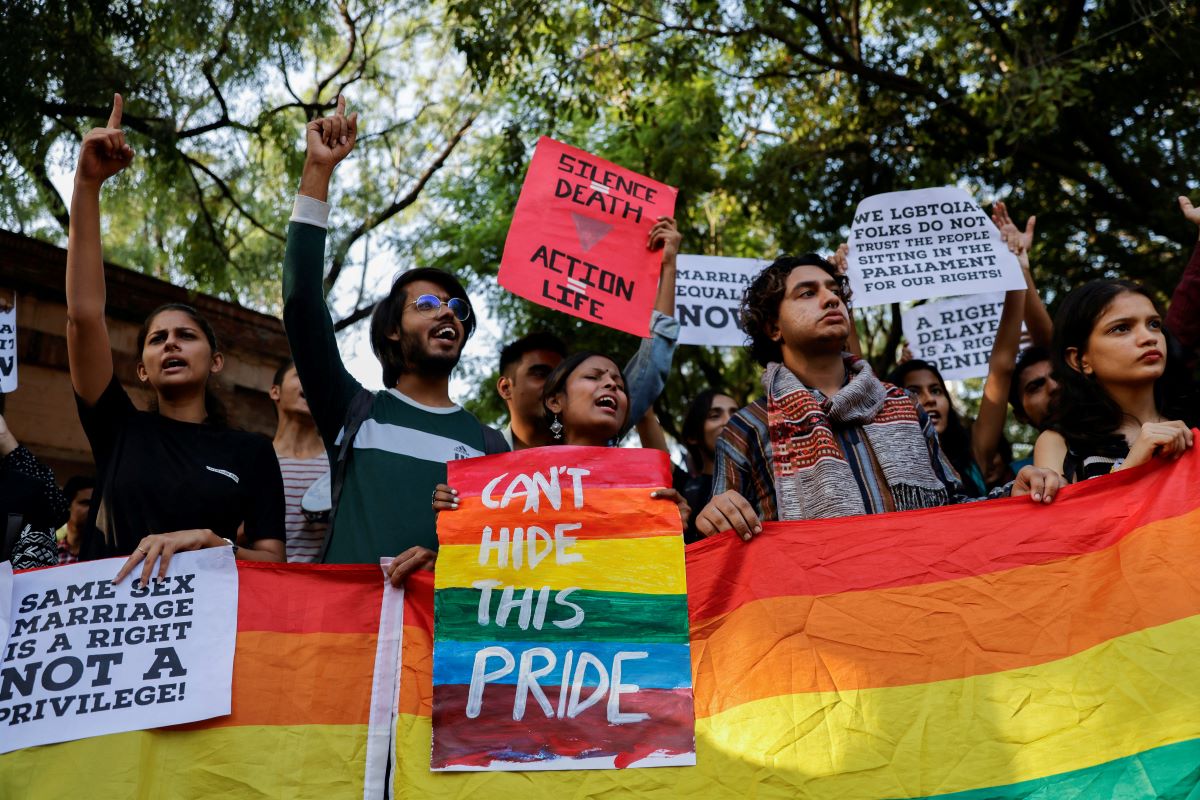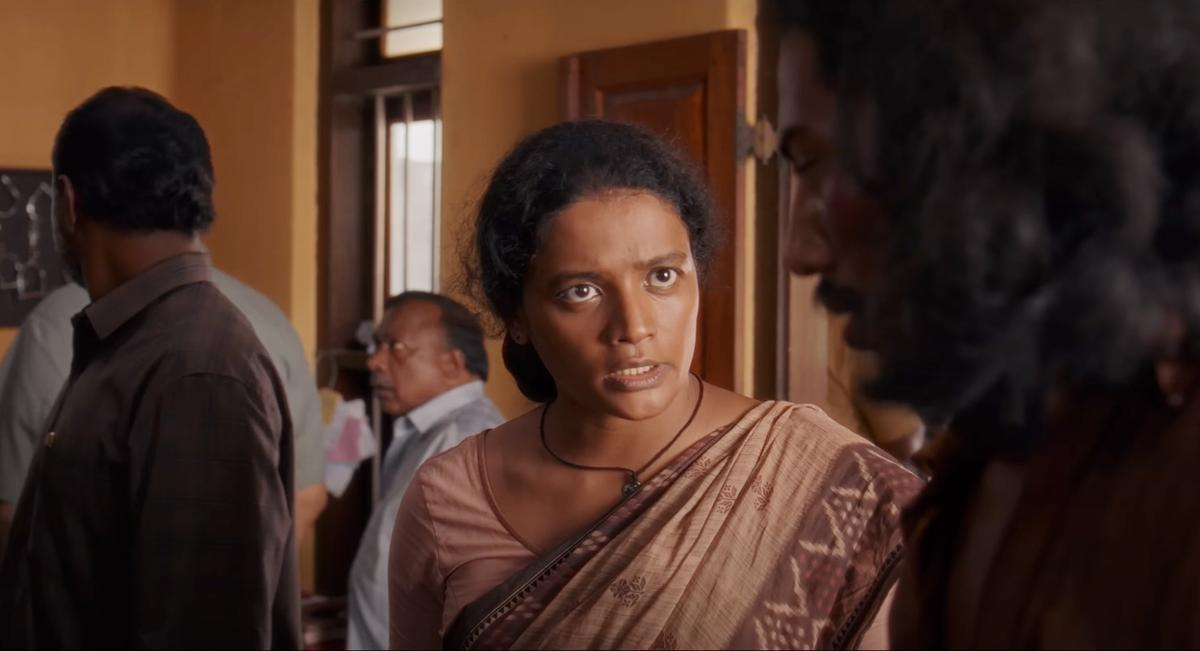A Tiny Book that Captures Powerful Idea(s) of India
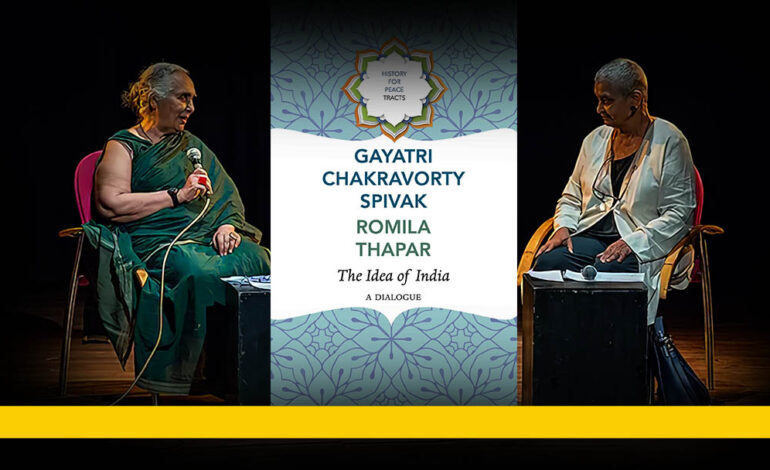
Two internationally renowned public intellectuals, historian Romila Thapar and literary theorist Gayatri Chakravorty Spivak met in 2017 and conversed about The idea of India and how it has evolved historically. The conversation was published as a book, seven years later in 2024. Writer and academic Zahira Rahman reviews the book highlighting its insights and historical relevance.
The idea of India, a tiny book, that transcribes a dialogue between two formidable intellects packs so much meaning into its 71 pages that each reading reveals finer aspects of our patriotic ideals. It reads like an exchange between a historian and a philosopher but grows increasingly political as we read on. The India that we find now as a text has been invented recently. This idea of India touted as Bharat is the counter text that this book problematizes.
The shifting of the ideas of India territorially and historically examined in the text shakes the complacency about our idea of the nation, the false notion of Indian culture as a monolithic entity. The idea of India as determined by economics, language, culture at various junctures in the history of what we now call India is discussed, in this brief conversation, counterintuitively as Gayatri Spivak prefers all discussions to be.
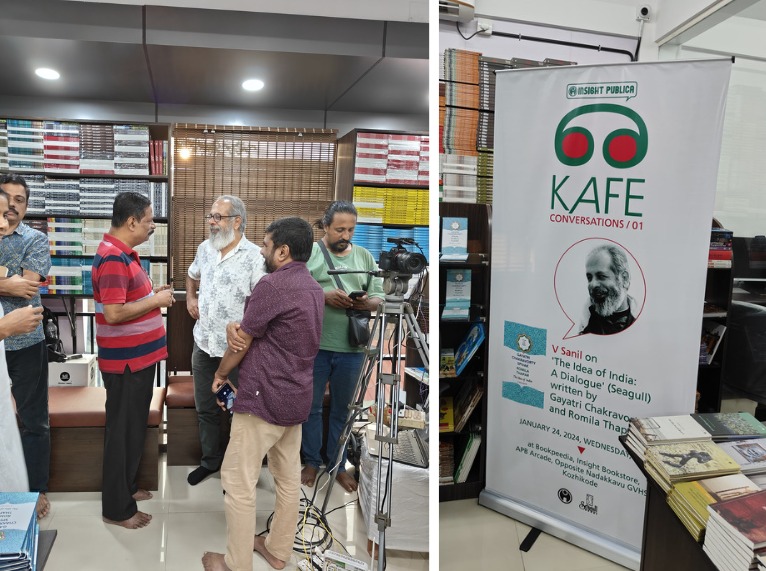
The idea of India has evolved at different junctures in history and is mostly territorial and shifting. Even the name Aryavarta is not one well defined space, it keeps shifting. It is as diverse as diverse can be. It is not until the 1920s when according to Romila Thapar the idea of India that had been amorphous, saw the beginnings of an ‘ idea’ emerging as what we now call India.
Both of them are skeptical of ‘ideas’. Spivak teaches literature and speaks in metaphors. She feels the idea is like a lid which too often solidifies the entire diversity of thought systems into an unidentifiable mass and one cannot separate the each unique India after it has become the Idea of India. Edward Said had called it an Orientalist discovery of India which the progressive elites identified with.
Thapar thinks most people identify with the culture at the top when they say “I am an Indian”: “I see this as a heritage of the colonial view of India and Indian culture: the two nation theory underlined the perspectives on culture and theory as devolving from the Hindu and Muslim communities in a strictly religious sense. Looking beyond the elite was thought to be unnecessary. “: the Muslim India and the Hindu India. Thapar stresses that during the time of the national movement we did not endorse the Hindu Rashtra idea or claim that Hindu has primacy as a citizen.
The India after independence was conceived as a society that would be reasonably equal: every citizen enjoying the same privileges. Our economic plan that focused on state industrialization, employment, rural development to create an equal society, pay no attention to caste and religion, the plurality of which were determinants of Indian culture, observes Thapar. Spivak gives a nuanced description of how she as a young expatriate in the US found India. India to the diasporics was an unreal version of what it really was. “At that point in time (1987) it had already become important for us not to acknowledge the diasporic image of India as India as a minority in the US, sometimes even a white- identified, good affirmative action minority.” She goes on to point out how in the democratic India the largest sector of the electorate, the landless illiterates have no idea of India at all. The idea of India as non- idea.
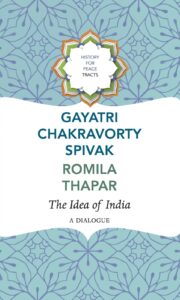
Thapar, when she pins the idea of India as a coherent India in the 1920s, is not imagining a single idea but “the opening out of possible ways of looking at these ideas, why they happen, what the consequences were “. The idea of India conceived by the anti-colonial national movement, the idea of India ( un)conceived by the diasporics, and the idea of India that is determined by cultural differences, religion and language. Attending to the interlinkages between economics, culture and religion is what they both seem concerned about. Spivak quotes Marx,” the content of the 19th century revolutions will come from the poetry of the future”.
They discuss the matter of Indian culture as conceived and practiced by the Indian middle class abroad and Thapar says” much of what one might call cultural or religious attitudes of the diaspora tend to have a very direct influence on the middle class here”. Spivak thinks there is a certain kind of unexamined unity coming in among the radical diaspora and she believes this solidarity is extremely frightening. Spivak thinks that India is a multi everything place which is ignored by Indians abroad. Spivak’s take on religion is both poetic and philosophic: one must make it a practice not to think of one’s own identity as the national identity.
Spivak’s take on religion is both poetic and philosophic: one must make it a practice not to think of one’s own identity as the national identity. “I don’t even know whether one should think ‘India’ but if one does, one should think about Indians who do not resemble one at all” and mix it up as a Hindu girl seeking blessings of a Muslim saint as an unconscious gesture or accepting ‘Assalamualaikum’ as an Indian way of greeting just as Namaste is, so that somehow we begin to think not only of our own identity as the Indian identity.
The two nation theory actually evolved from an elite perspective so Spivak points to the cultural differentiation that is more significant than class and caste. That the obsession with economic development did not pay much attention to language and religion, which is the cultural articulation of the nation, has apparently done much damage.

Question of economic growth is not merely Garibi Hatao but also social inclusion. The discussion elaborates on social inclusion, linking it to education, how it helps in questioning rather than it just being learning and knowledge. The focus now is not just on what the idea of India is but who has an idea of India. The discussion dwells on regional language and English: whether reading books in English might help in critical thinking. As in a conversation one often re-forms one’s thinking- Thapar reflects “it’s not true of every local language perhaps, there are people that are more analytical who are writing but I think that input from a different kind of intellectual tradition is always a very worthwhile input.”
Complex questions regarding language and its status are asked in the text. The content of Education depends on who is controlling the content and who is financing education especially in a so-called secular state, two things, the content of education and civil laws are very important factors in the creation of India, the identity of the Indian and the kind of society one looks forward to. Regarding the uniform civil code which Thapar suggests in the question “Isn’t it time that we removed all individual laws of caste and religion?” Spivak asks who are the’ we’ which emphasizes the relevance of political interests in the defining of uniform civil code.
Suggesting detranscendentalizing so that one conceives of religiosity as working even at the grassroots level, she points out, this can happen when religion is not mobilized politically. She relates an incident where she was eating Kurban meat with Bangladeshi Muslim women; they were poor and did not often get to eat meat. They were kind enough to worry about her as an upper caste Hindu eating meat. She says, “They are protecting my religion.” She explains that sometimes the self righteous missionary zeal in not teaching Christian scriptures to the natives, because they won’t understand the value of being taught the right way, is not actually access to secular education. She says that a certain kind of class mobility actually puts the lid on religious cultures. The emphasis is on who the decision makers, the ‘we’, are. As long as you had a reasonably secular state it was possible to have the content of Education not controlled by the strength and importance of local religious organizations.
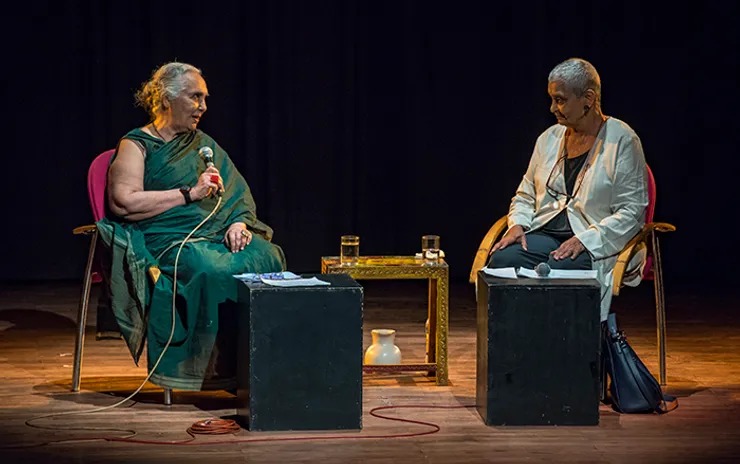
A very pertinent observation regarding development that Spivak makes is “Development is insertion into the circuit of capital, without any kind of training as to how to manage it. Forget the training to use capital for social ends: opening of Swayam Nirbhar bank accounts without the knowledge of how to open and manage them.” This is where ideas of development and language within development become significant.
Thapar’s anxiety about cultures turning too inward looking and turning into one language communities without access to other cultures is answered by Spivak’s observation that the aboriginals that she has been associated with since 1986 were multilinguals, oblivious of the fact that they were. The Mundas and Oraons were also using each other’s language. She says this dialectical continuity; this multi-linguality on the surface is like the ecology of forests. Linguists are now acknowledging that those unwritten languages which we want to preserve are completely dialectically continuous, very multi lingual. Thapar worries about the absence of a comprehensive perception, thinking in totalities of economic growth, religion, education, language, law. She feels these interlinkages, fundamental to a society are nonexistent in the present. Whereas Spivak feels that success will come in other ways without the progressive bourgeois ideas of building societies.
Though this book was published in a bold move by the Seagull publishers in 2024, this conversation happened in 2017, emphasizing the visionary muscle of the text.
Zahira Rahman
Professor Zahira Rahman taught literature for 25 years, occasionally writes poetry, does translations and paints in watercolours and oil. She holds a PhD in Theatre Education.


